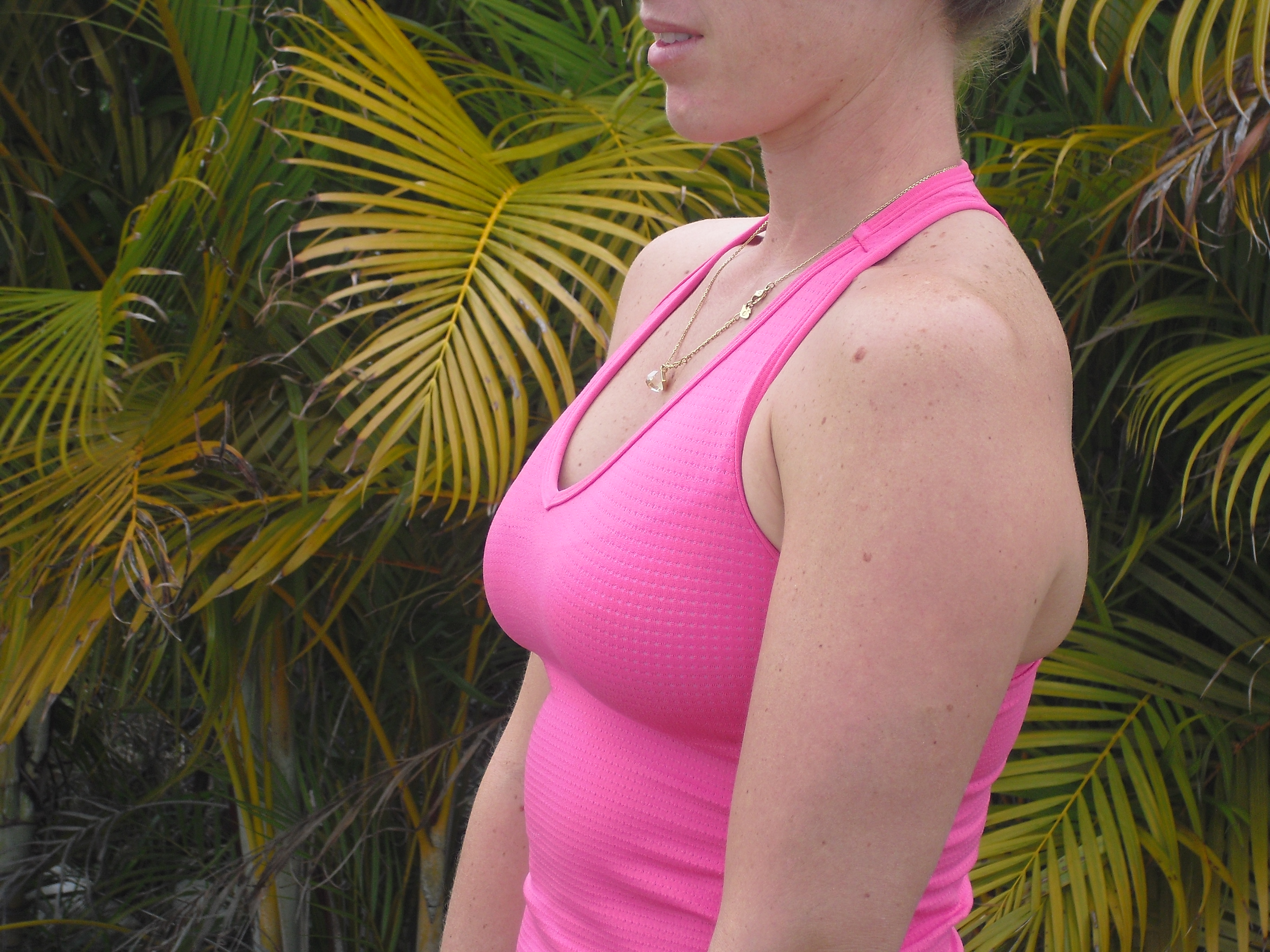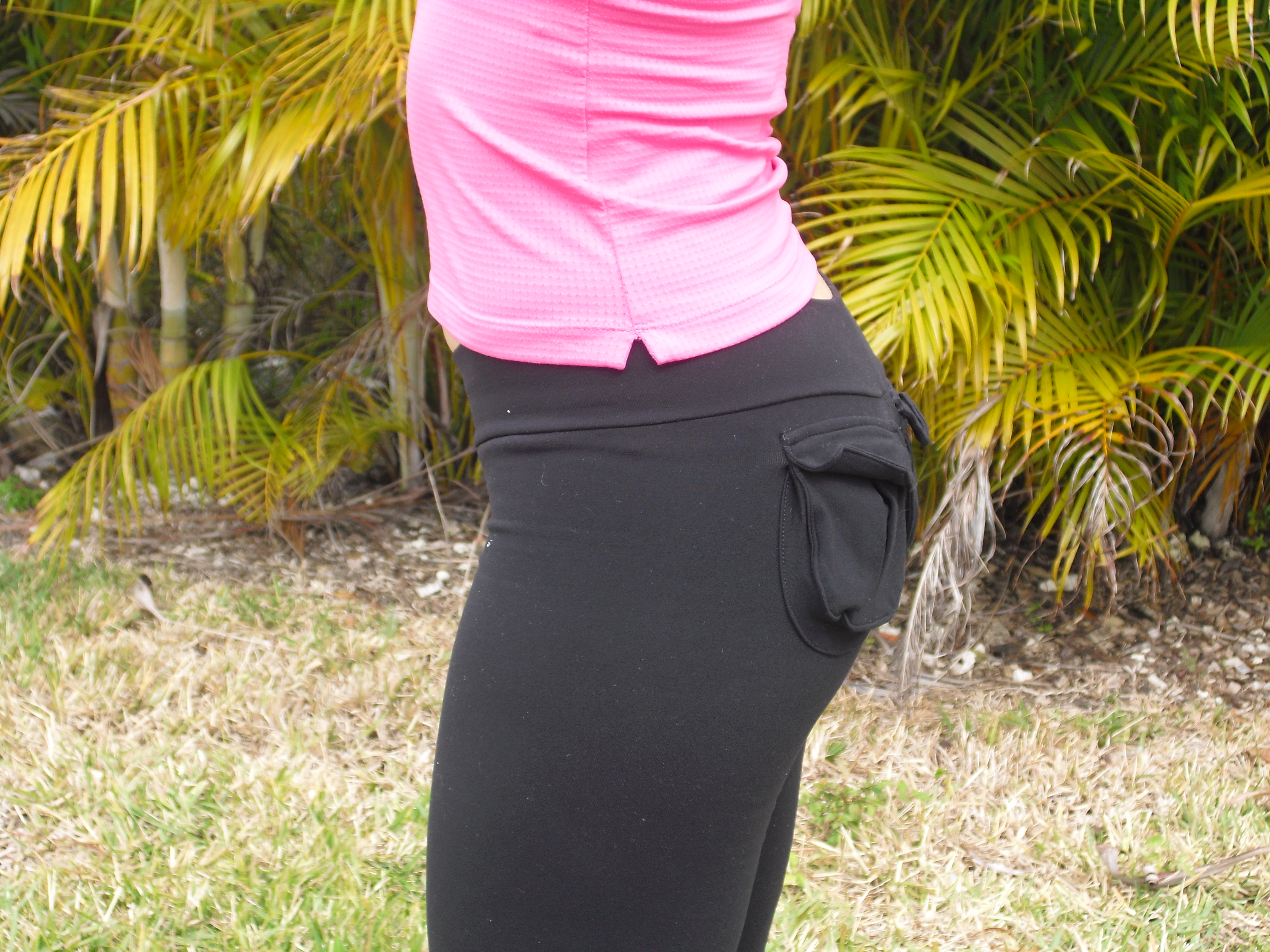Good postural alignment is important in preventing joint aches and pains, as well as averting muscular cramping that often occurs in pregnancy, like in the calf muscles. Maintaining proper alignment can reduce a tremendous amount of pregnancy discomfort.
As the belly grows, normal stressors placed on the body will change. Specifically, as the weight around the belly increases, the lower back is pulled into an increased lordodic curve. As the lordosis increases, it becomes more likely that the shoulders will then round forward and the knees will knock inward. As the shoulders and knees cave, the head and neck are shifted forward and the arches of the feet can collapse. Besides overall joint and ligament strain, a pregnant woman can suffer other discomforts, like sore feet or migraine headaches from strained neck muscles.
Note that misalignment in the arch can cause neck tensions; and misalignment in the shoulders can cause knee pains. Everything is connected and everything connects everything.
Since every pregnant woman is unique, the above example of imbalances can be thought of as common, but does not occur in this way for everyone. This makes “postural alignment” exercises specifically difficult to recommend. What helps one woman’s muscle balance is likely to worsen another’s. If you are concerned with your postural alignment, please seek a qualified Corrective Exercise Specialist for consultation. Please note that, although many trainers use the words, “core,” “function,” and “alignment,” most trainers do not really understand muscle imbalances or corrective exercise. Fit for Birth recommends the chekinstitute.com for C.H.E.K. certified trainers in your area. Here are some basics to get you started.
Neutral Alignment
“Neutral Alignment” is the position of least stress for the body. It is called the starting position and ending position of all movement. And it is the position that alignment should return to when not in use. The objective of the exercises below is to obtain good postural alignment, a neutral balance in the joints.
Pelvic Tilting
Pelvic tilting corrects hip and back alignment and directly helps to alleviate back pains and knee pains.
Stand up and place your hands on your hips. Imagine that your hands are holding a bowl of water (your pelvis). Now tuck your “tail” under like a dog, as if you are pouring water out the back of your “pelvis bowl.” Next, move your hips opposite, as if you are pouring water out the front of your “pelvis bowl.” Continue for ten repetitions in each direction.
Figure 8: The photo on the left shows a posterior tilt—pouring water out the back of the pelvis bowl. The center shows a neutral alignment. The right shows anterior tilt—pouring water out of the front of the pelvis bowl.
Advanced Pelvic Tilting
Determine which direction is more difficult and simply repeat that direction more often, longer and with more intensity. Instead of tilting fully in both directions, you will tilt completely into the direction that is difficult and then return to neutral alignment, not continuing all the way into the other direction.
Scapular Retraction
Scapular retraction corrects shoulder misalignment and directly helps to alleviate shoulder and neck tension.
Simply pull your shoulder blades together and hold. Then, allow your shoulders to move slightly forward and pull them back again. Make sure you use the muscles between your shoulder blades to perform this movement, and not the muscles of your neck and upper trapezius or “shoulder” areas. (Figure 5a)


Figure 9a: The photo on the left shows a relatively neutral scapular alignment. On the right, she pulls her shoulder blades together. Note that in this photo, she is not holding her arms out in front. The same shoulder-blade muscles can be worked in a variety of ways.
At first, if it is too difficult to keep elbows bent while protracting, allow arms to separate. Do your best to avoid falling into the muscle imbalance shown in figure 9b.

Figure 9b: This photo shows a typical pregnancy muscle imbalance called “shoulder pronation.” Generally one should avoid this posture, so as to avoid unnecessary strain throughout the pregnant body.
Calf Stretching
Calf stretching corrects ankle alignment and directly helps to alleviate flat-feet, plantar fascitis, shin splints, and calf cramps.
If you wear high heels, it’s likely you need calf stretching to correct postural imbalances at the ankle. Simply stand on a step and let your body weight sit into your heels. Make sure your knees do not hyperextend (into a super straight lock), but keep them just slightly bent. Generally keep your knees in line with your toes (often by rotating your knees slightly outward compared to your toes), since the knees are most likely to roll inward excessively during this stretch. You can also do one leg at a time.(Figure 10)
 Figure 10a: A two-legged calf stretch: Find any place (like a step) where you can let your heels sink comfortably below your toes. Please hold on and relax while stretching. A special rule is to keep your knees in line with your toes, which usually means slightly rotating your knees outward (or preventing them from falling inward too much).
Figure 10a: A two-legged calf stretch: Find any place (like a step) where you can let your heels sink comfortably below your toes. Please hold on and relax while stretching. A special rule is to keep your knees in line with your toes, which usually means slightly rotating your knees outward (or preventing them from falling inward too much).


Figure 10b: The one-legged calf stretch gives a more intense stretch: Find any place (like a step) where you can let your heel sink comfortably below your toes. Please hold on and relax while stretching, and stretch both sides. A special rule is to keep your knee in line with your toe, while stretching each leg.
Head Placement
Head placement corrects neck and head alignment and directly helps to alleviate neck tension and tension headaches.
Stand with your back against the wall, keeping your hips, shoulders, and head against the wall. Keeping your head on the wall, tuck your chin into your neck and hold. Hold for about 60 seconds or perform repetitions of Chin Tucking by subtly increasing the intensity of your chin into your neck and then releasing pressure a bit. Your objective is to teach your head to remain above your shoulders, not stuck out in front. (Figure 11)

 Figure 11a: Chin Tucking is like creating a “double chin” and then relaxing a bit.
Figure 11a: Chin Tucking is like creating a “double chin” and then relaxing a bit.
 Figure 11b: This photo shows a typical pregnancy muscle imbalance called “forward head syndrome.” Most women should avoid this posture, so as to avoid unnecessary strain throughout their pregnant bodies.
Figure 11b: This photo shows a typical pregnancy muscle imbalance called “forward head syndrome.” Most women should avoid this posture, so as to avoid unnecessary strain throughout their pregnant bodies.
Love and Peace,
Fit For Birth



